Hanae Baruchel and the creation of Lalaya Design demonstrates the parallels between the strength and fragility she has experienced in her own life, and the materials she works with.

We had the pleasure alongside Design Chronicle to interview Hanae and discuss her design journey, the story behind the name Lalaya Design and more.
How did your journey as an entrepreneur and the development of Lalaya begin?
I started by working for an organization that supported social entrepreneurs, and later on taking active roles in Engineers without borders. Working with students and young professionals to help them understand the role they can play in the world, and how they can do that responsibly without a saviour complex.
Towards the end of my time at Engineers without borders I felt I was ready for a change, and the change came.
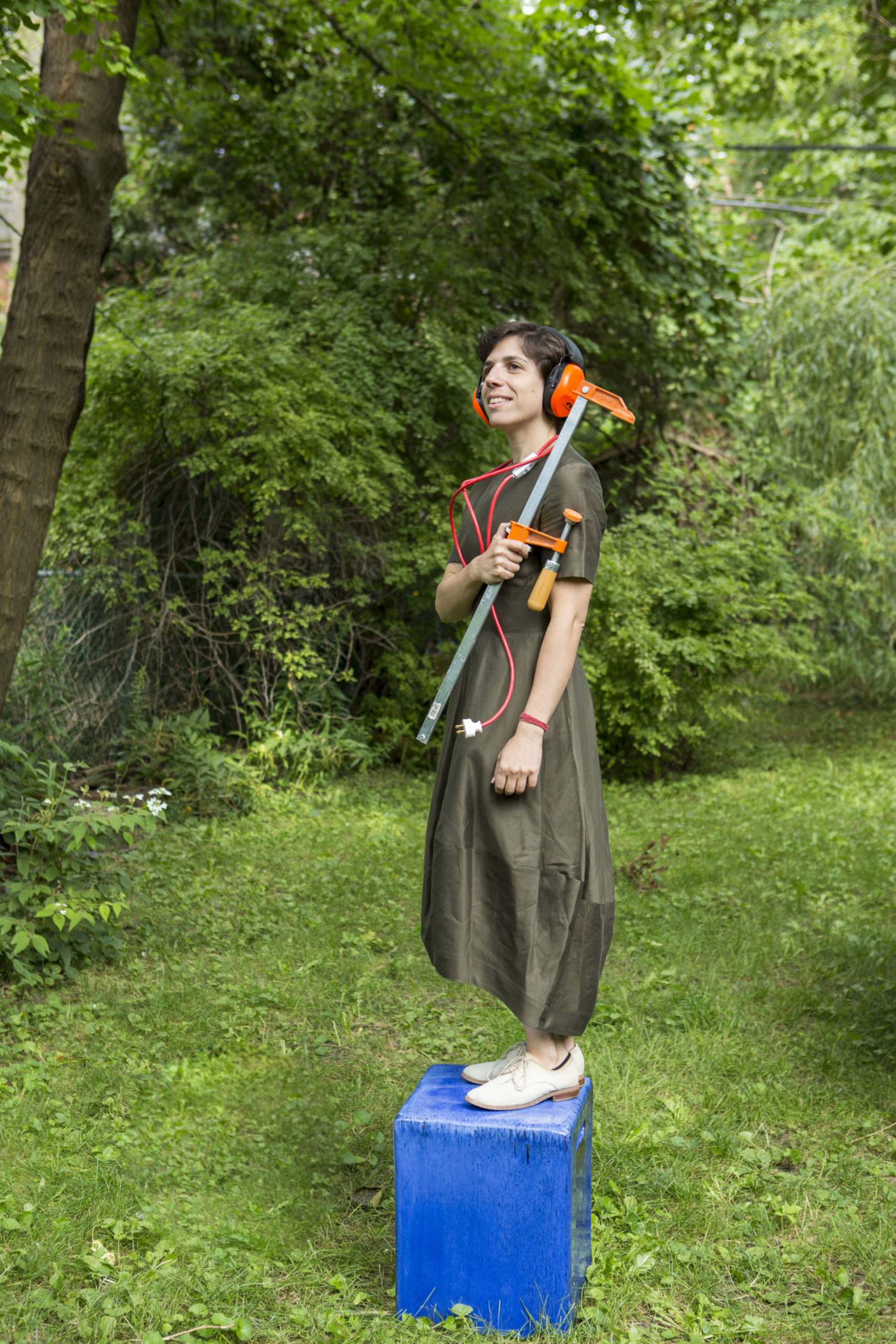
It’s not quite the change I wanted, but I was in a bike accident that left me conscious, but with a brain injury. Everything suddenly became out of reach. It was a difficult time, on disability for two years and unable to work.
I decided to make some bookshelves for myself out of reclaimed wood bought when in D.C. This was in the very early stages of my concussion so it was very difficult. I worked in the amounts of time that was possible, sometimes it was 15 mins a day, sometimes an hour a day.
I was enjoying it, I was focused, I was seeing progress. That was the most encouraging thing.
I worked on a project with my brother, Virgil Baruchel, who is an artist and that’s when I realized I really like the prototyping process which I have never gone through before.
A lot of it became about finding ways to find joy.
I realized not only am I enjoying doing things with my hands, but I like the creative process and I think I have ideas that are interesting enough.
I thought concrete. But when you buy concrete you have to buy 30kg minimum. That’s when the experimentation started. Let’s see if I can make it thin, and it worked.
I saw that it broke up a little bit, and I kind of liked the fragility of it.
But also the fact that it wants to do its own thing. You can push its limits, you can explore the material quite a bit, but if you push it to be this thin, then don’t expect it to be perfect either. It is going to have imperfections, it is going to want to surprise you and do the things that it wants to do.
I liked that and I started seeing parallels to my concussion and my recovery and it made me even more committed to the material. I became attached to it.
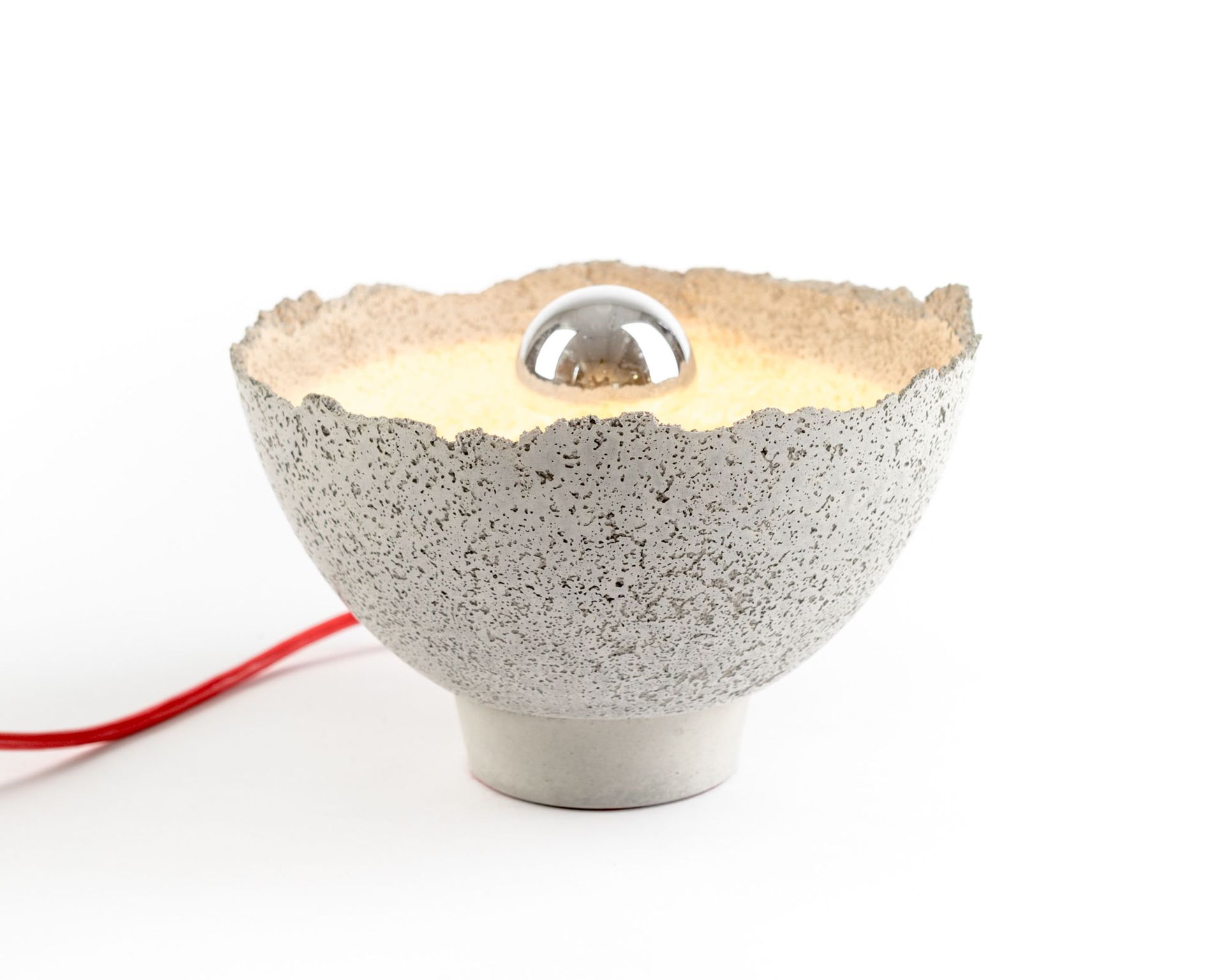
From there the decision to create Lalaya was made.
Where did the name Lalaya come from?
Lalaya is a Brazilian phrase that comes up in music all the time. It is basically what singing sounds like, and I wanted something that was playful and musical. I played Brazilian percussion music for 10 years, a very specific niche music from the NE of Brazil. I am not Brazilian myself, I was Introduced to it here in Toronto. Music became a big part of my life. It is where I started to be creative through music, so a lot of my inspiration comes from it. A lot of the initial names of the furniture are all musical names, and they mostly come from Brazilian music or sounds.
For example the table lamp Ayê – is a word that comes up a lot in Brazilian music and it means from the earth. I wanted something joyful. Lalaya for me symbolizes that. It gives other possibilities for the brand to have a playlist that reflects this certain energy that goes behind each piece.
What drew you to concrete?
I would say initially it was affordability and the fact that it is readily available and cost effective. What kept me with concrete is the discoveries I made with it, the dichotomy between strength and fragility. You expect it to be heavy but it is light.
What inspired the forms and shapes in your work?
The first one was experimentation, it was my first time trying to do something thin. I saw this nice bowl shape that inspired me, and I started looking for inspiration from existing shapes for the base.
The Shadok lamp is actually inspired by the work of Lynn Chadwick, the British sculptor. He worked a lot with bronze and geometric shapes. I wanted to take one of his objects and transform it into a side table initially. It was a crazy progress to develop this one. I had to learn how to draw in 3D on the computer as there was no way I could sculpt this out of wood. The angles were just too precise.
LALAYA Design SHADOK LALAYA Design SHADOK
What inspired the shapes, it depends. One of them was an existing object, a plastic bowl, while others are from either a sculpture that I like or see. Concrete is all about how you’re going to join things together. It’s permeable so a lot of glues don’t work. I saw a manhole once and saw how it was made. Sometimes that’s the inspiration. It changes the design, it’s a process.
Other than concrete, what materials do you use or are experimenting with?
Steel is another material I’ve been using. I’ve just released a new piece at Ontario Place. It is a variation of the Shadok lamp on a bent steel pedestal.
What is the Ideal space you see your products?
In terms of personal spaces, I see my works living in people’s homes, not only in Canada but across the globe. Seeing the work of European and New York designers, I would also like to explore the possibilities of design galleries. There is a whole culture that doesn’t exist yet in Canada of design galleries, and I think my work fits quite well there as well.
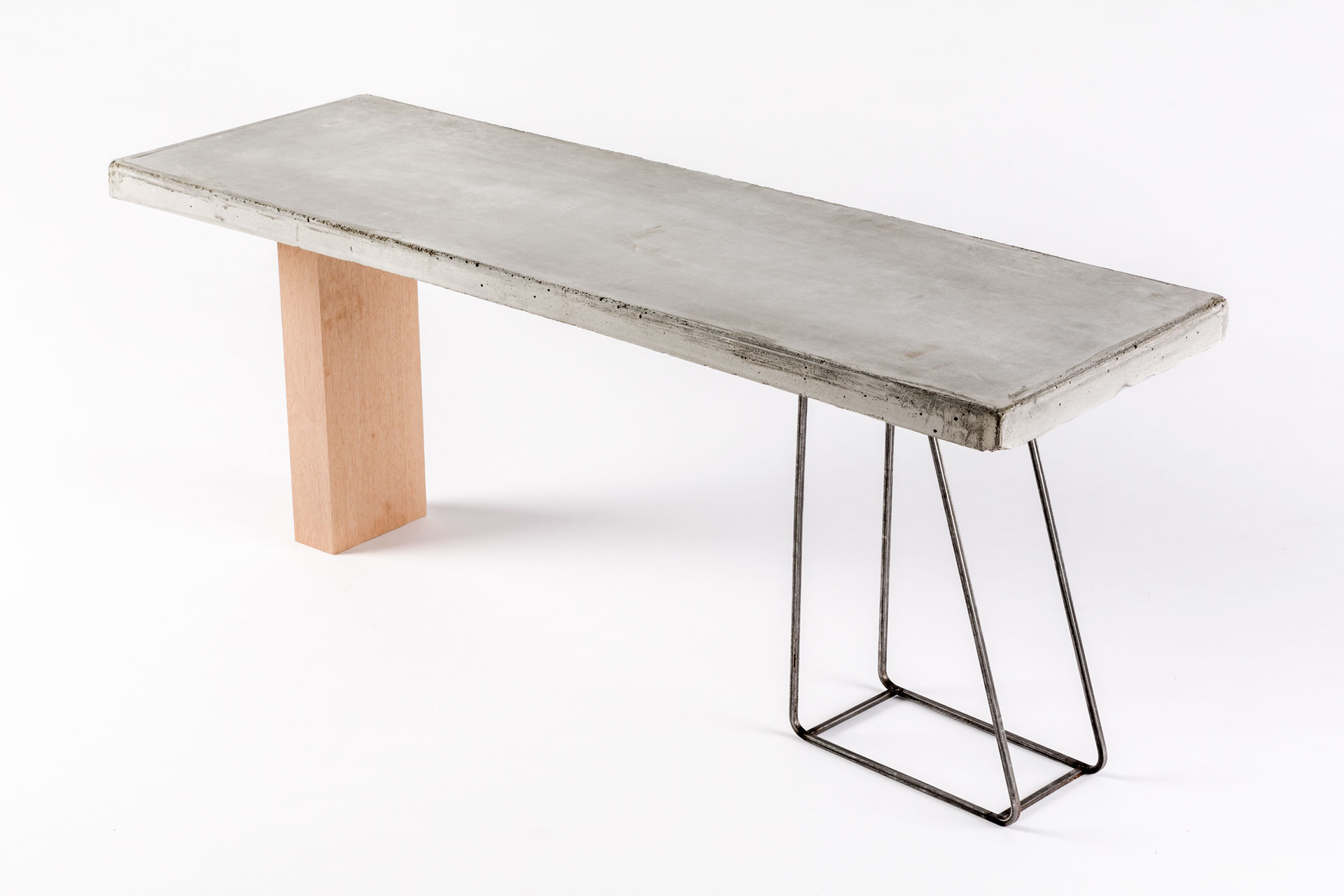
You will be showcasing your designs at Toronto IDS this January. What should we expect to see?
I have a piece that’s going to be exhibited at IDS as part of the RADO Star Prize. It’s a new design competition.
I applied with a design that is concrete and plastic. A salt shaker that is a commentary on plastic pollution. They wanted a design inspired by nature. I thought about nature, the ocean, the micro-plastic in the ocean, and I discovered there are more than 8 million tons of plastic dumped into the ocean every year. About 90% of the salt that’s been tested has been found to have micro-plastics in them, so we are ingesting micro-plastics with our food everyday. A concrete salt shaker with a shape inspired by an oil rig. Inside is cast small bits of recycled plastic and on top will be a figure 8 to symbolize the 8 million tons of plastic dumped every year.
How do you see Lalaya Design evolving?
From a stylistic perspective, It’s still early stages of exploring. I realize I’m doing a lot of stacking at the moment, and I see a lot of potential for that. The challenge itself is bringing a lot of inspiration to what I can be making. I would like to make some bigger items. A dining table maybe.
Lalaya Design Ta Ka Tsi Ka / Ka Tsi Ka Ta Side Table Lalaya Design Ta Ka Tsi Ka Side Table
Exploring the the journey and story of Lalaya Design was not only inspiring but an absolute pleasure. Lalaya Design products can also be seen at Cabinet Inc. in Toronto. They will also be present at the upcoming Interior Design Show in Toronto from January 17-20, 2019. The Ayê pendant lamp will be launched at the DesignTo Festival between Jan 18- 31, 2019.You can also see their work on Ontario Place’s west island until March 2019.
If you do not have the chance to see Lalaya Design in Canada, they will be part of the upcoming SaloneSatellite in Milan from 9-14 April, 2019.
Vote for Lalaya Design submission to the Rado Star Prize!
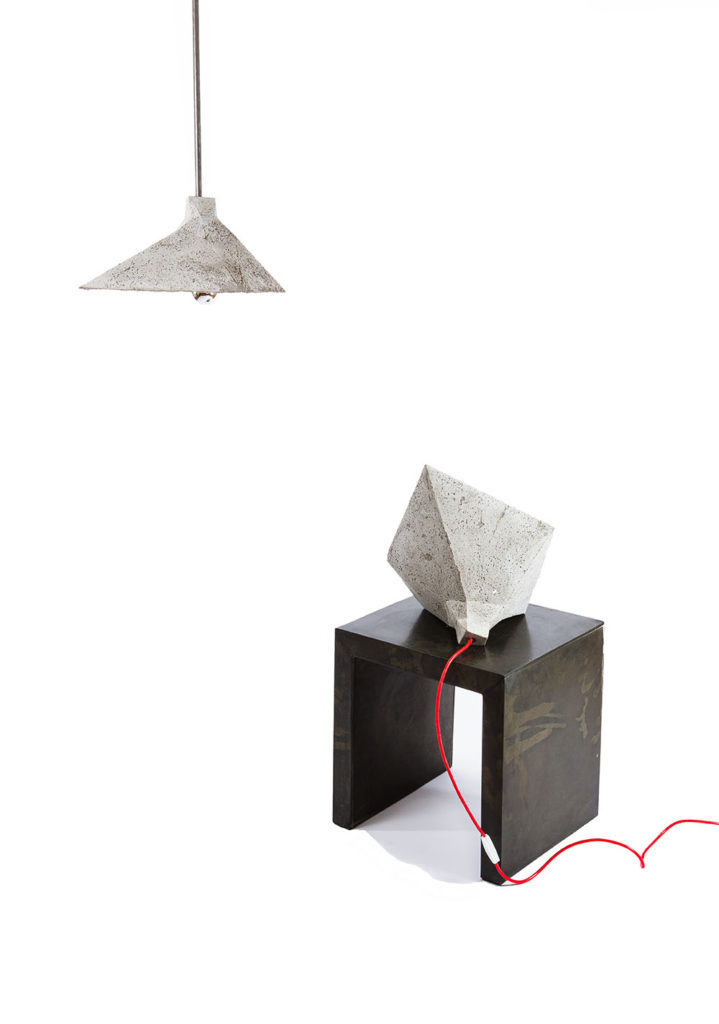

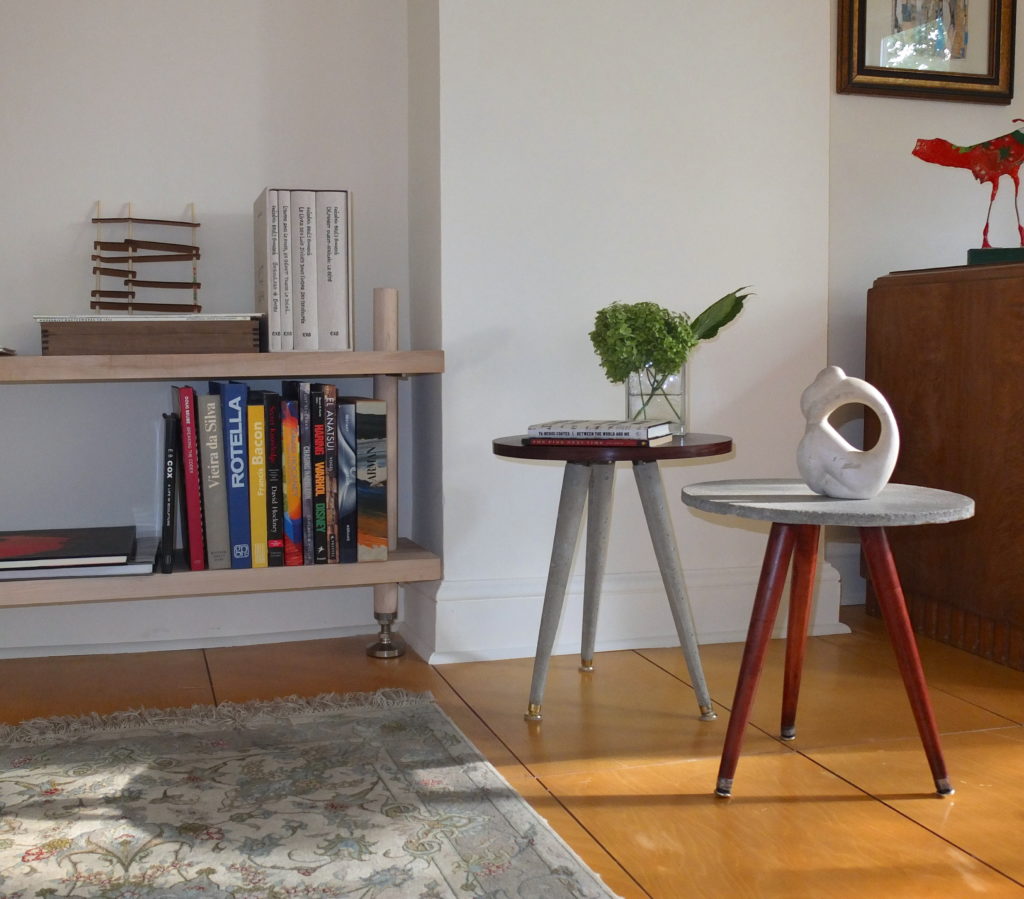


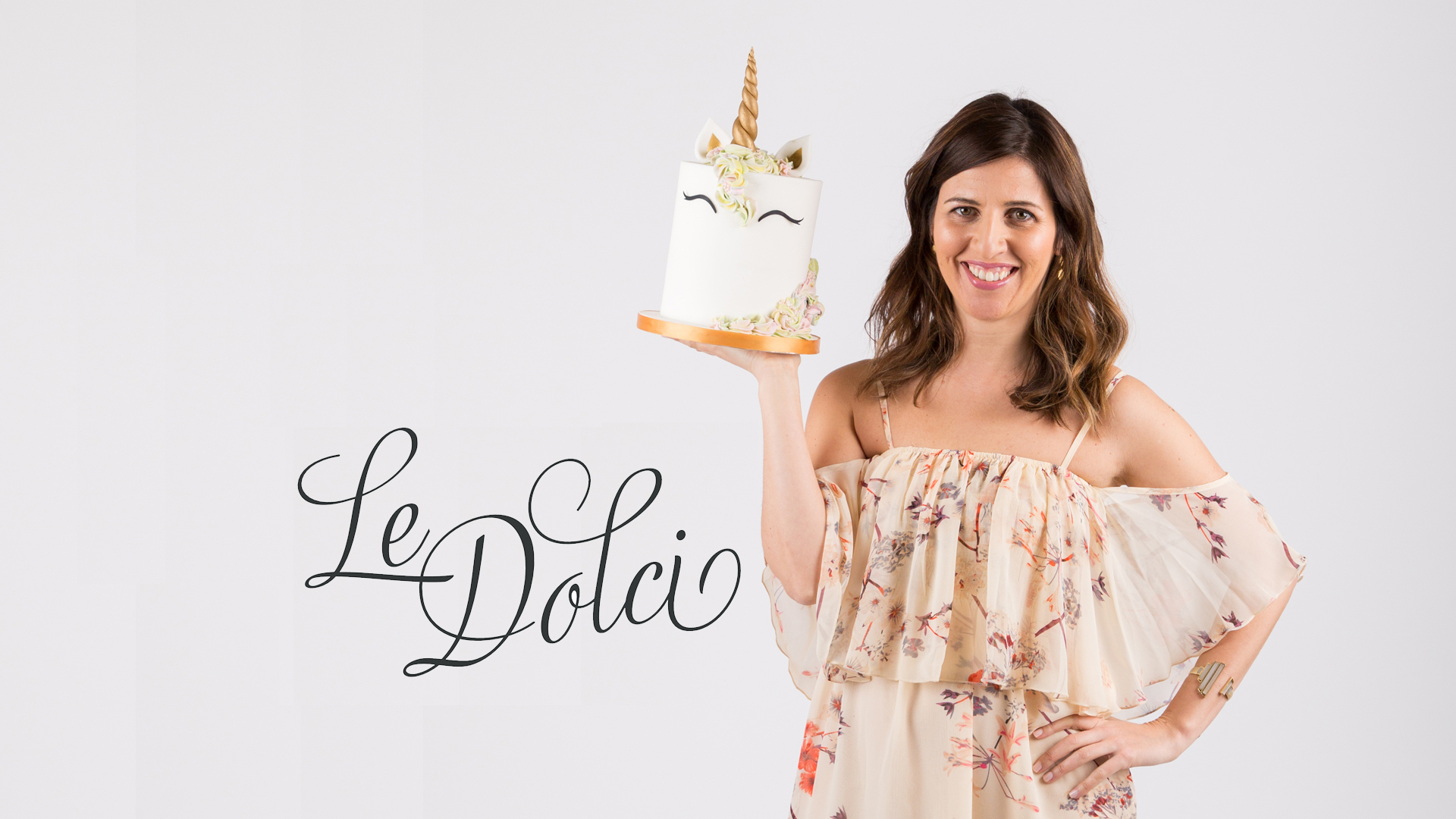
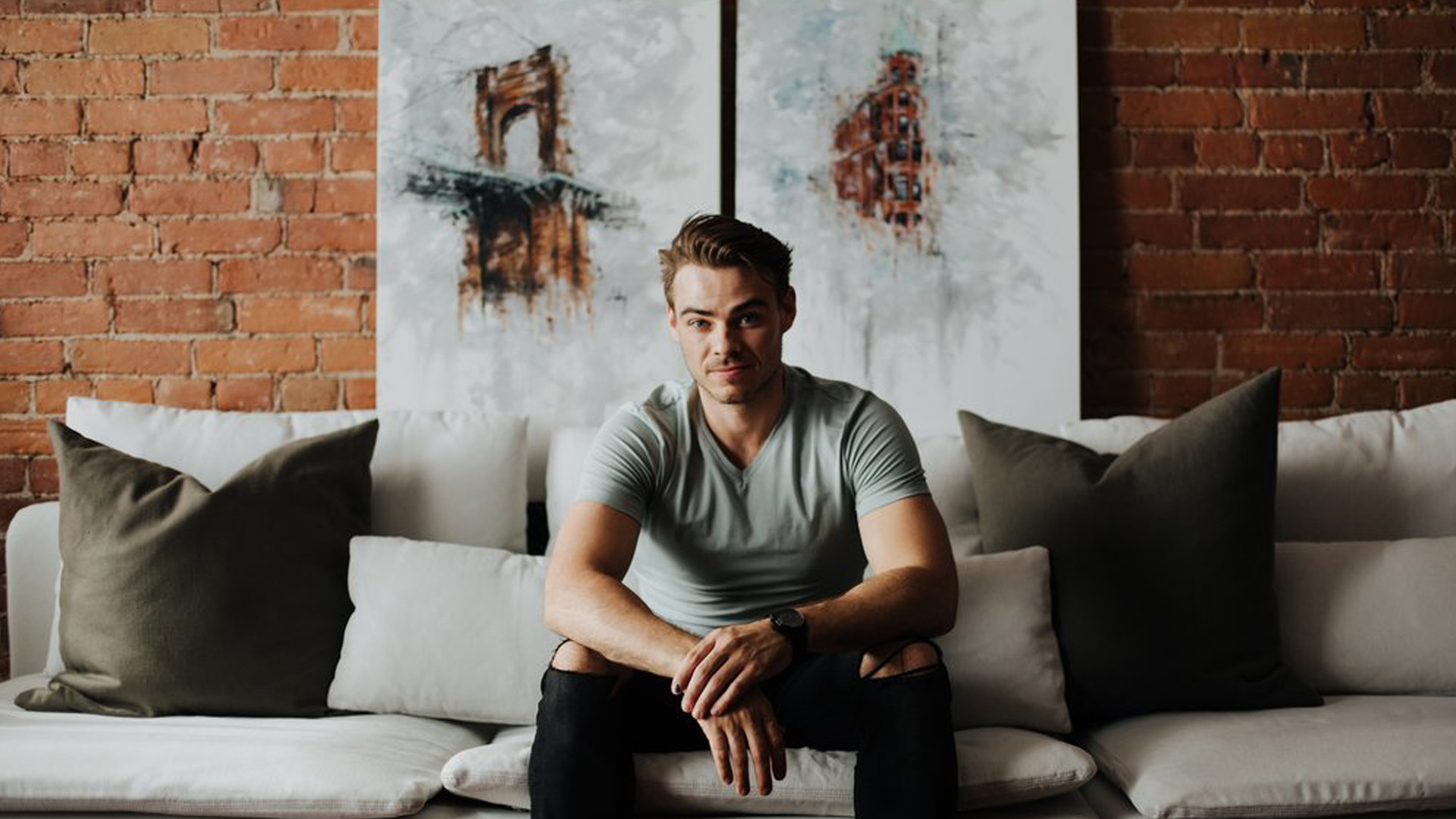
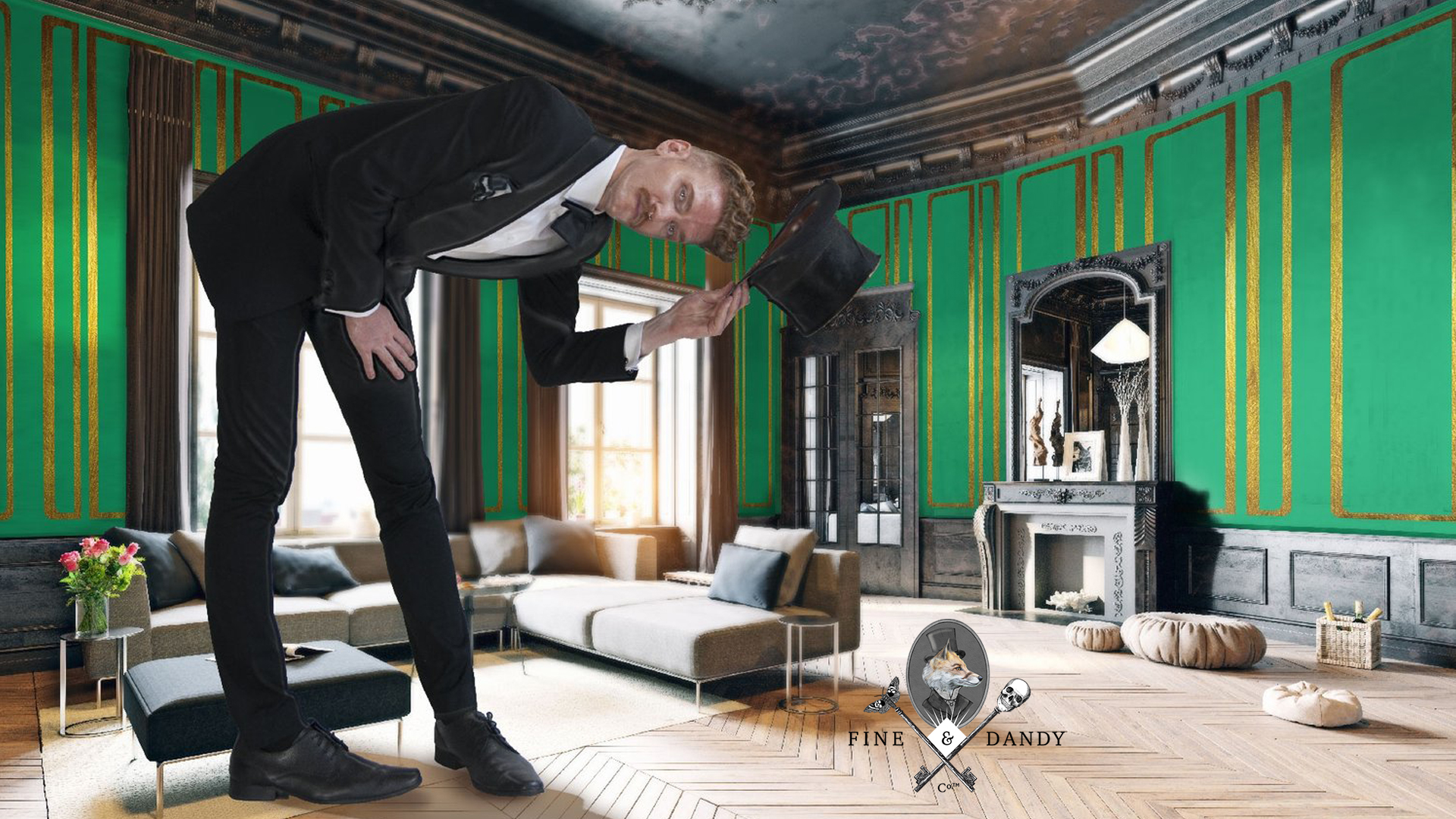
Leave a Reply
You must be logged in to post a comment.